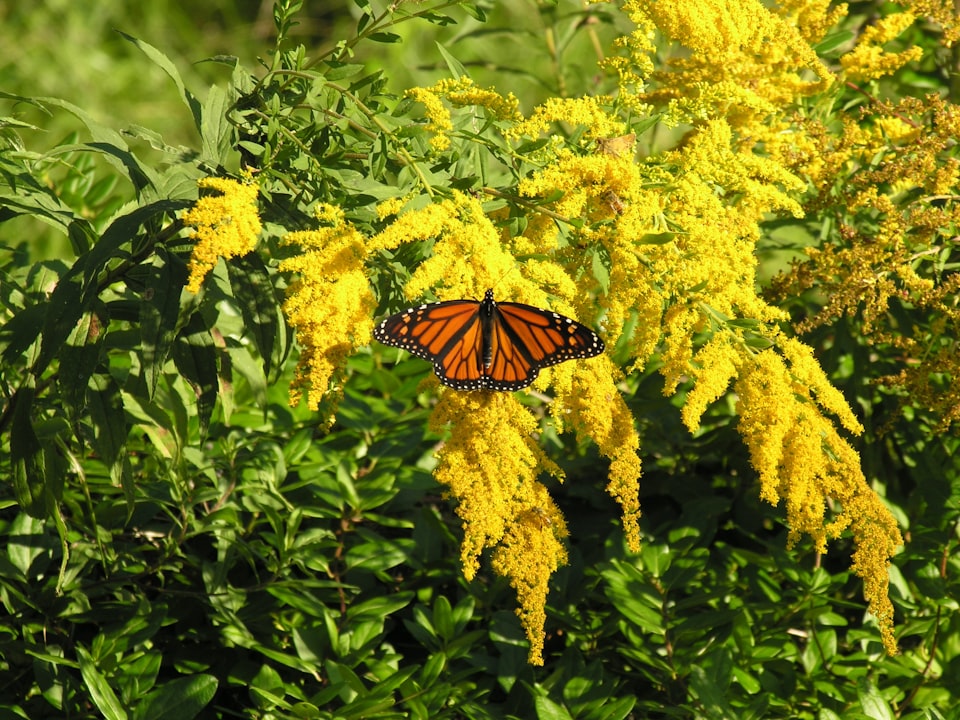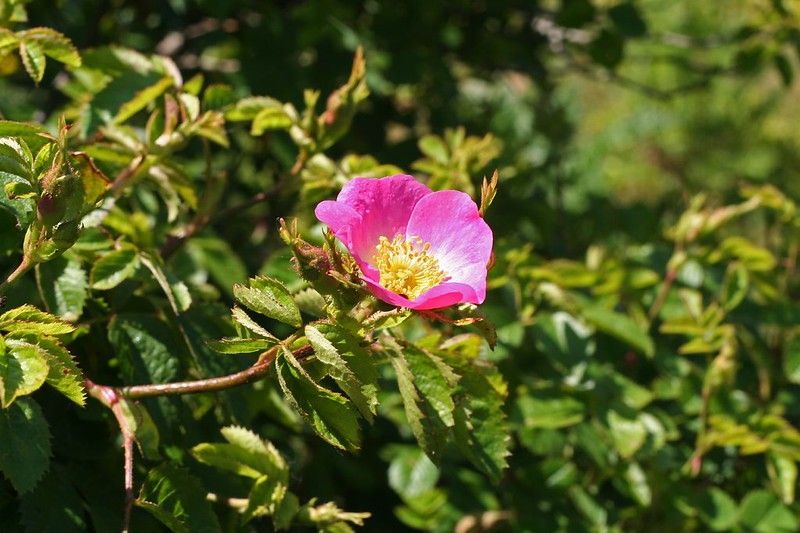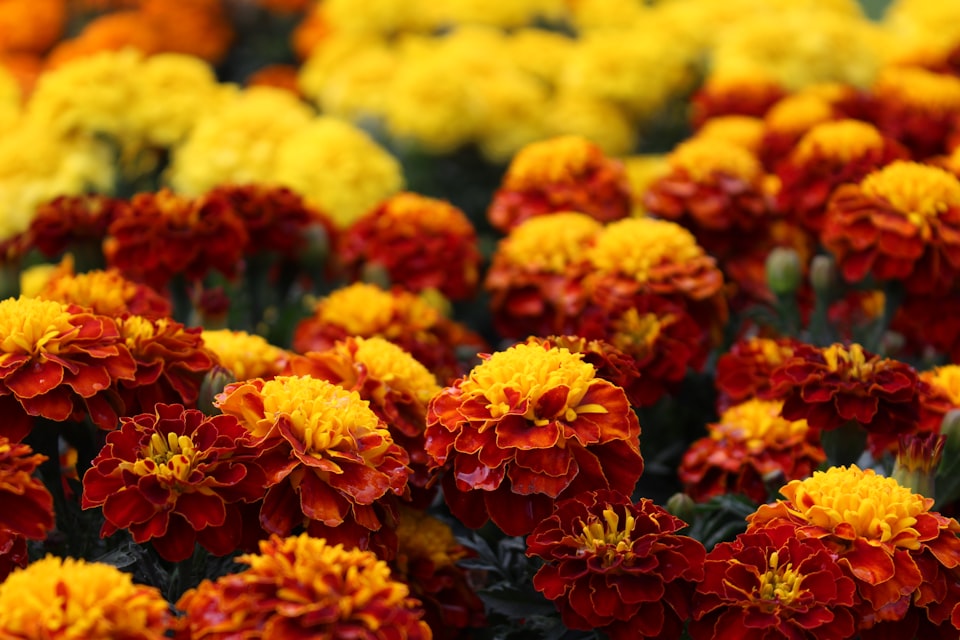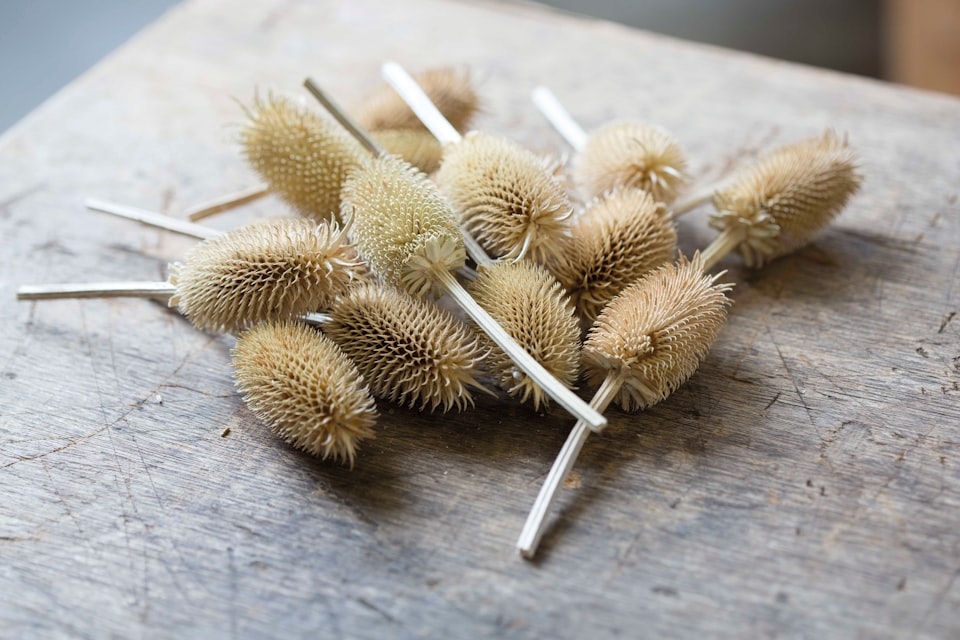II: Daphne
Frustration with the calendar boils over.
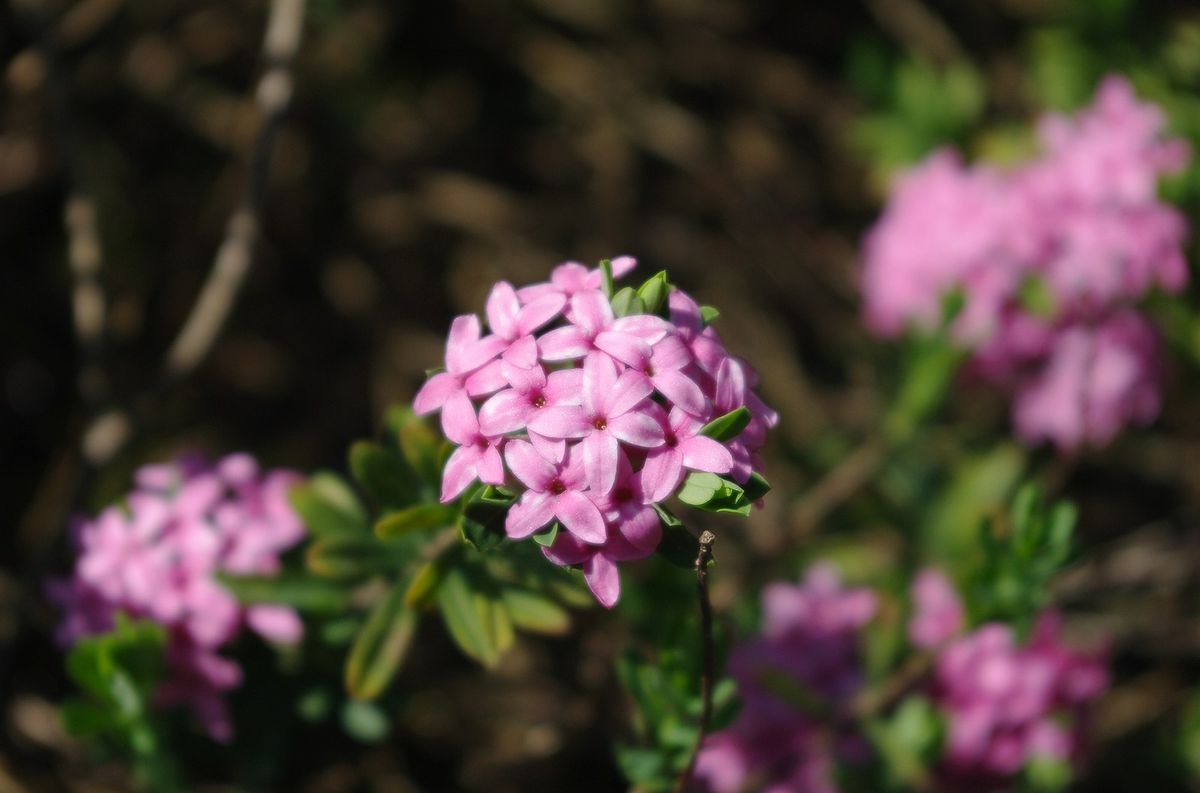
Good morning. Today is duodi, the 22nd of Pluviôse, Year CCXXXI. We celebrate thimelé, another poisonous daphne plant with eye-popping colors.
This is our fifth (and final, I hope) laurel plant. By now we've pretty much covered the genus, from its use as a delicately applied medicine, to its name's origins in Greek myth, to its invasive nature and poisonous tendencies. This day, thlaspi, carries such a generic name that most translators throw up their hands and assume Fabre d'Eglantine was talking about the (very British) rose daphne (daphne cneorum). The only thing that distinguishes this decorative menace (seriously, do not put any of it in your mouth) is its olive-like cluster of pretty flowers. Whoop-de-doo.
Let's talk about this calendar, so brilliant in many ways, but seemingly hasty and ill-considered in others. I think part of the fantasy people who become fascinated with the French Republican calendar entertain is: what if we measured time differently? How would the rhythms of life change, and how would they stay the same?
